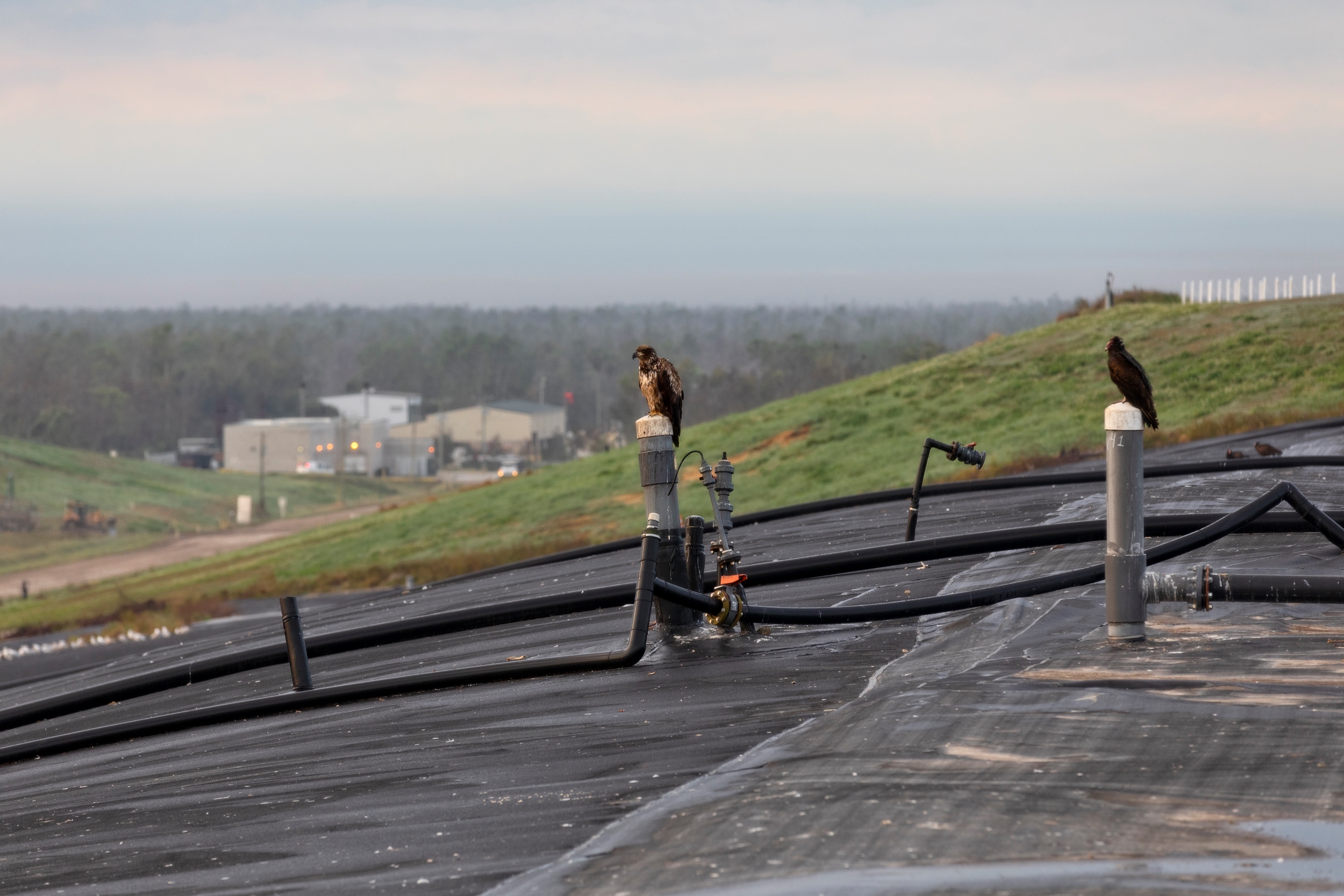Methane Emissions from Landfills

What is the challenge?
There are more than 2,000 active landfills in the U.S. When organic material in these landfills decomposes without oxygen it generates both carbon dioxide and methane, a potent greenhouse gas that has 28 times the warming power of CO2 over 100 years and 84 times the warming power over the first 20 years after it reaches the atmosphere.
The U.S. Environmental Protection Agency (EPA) estimates that landfills are the third-largest source of human-related methane emissions in the United States, accounting for 15.1% of these emissions in 2019, equivalent to the annual emissions from more than 21 million passenger vehicles. Regulations under the Clean Air Act require landfills of a certain size to install and operate a methane gas collection and control system.
Currently, these systems are manually operated through a process known as well-field tuning. Once a month, a technician is required to measure the gas composition, flow, temperature, and pressure at each collection point at a landfill, and to make adjustments to reduce the methane emissions being leaked into the atmosphere.
Although standard gas collection systems are better than nothing, they still allow significant amounts of methane to leak into the atmosphere. Manual well field tuning is not optimized for methane gas collection even if it does a good job of reducing other landfill gasses. Even modest improvements in collection efficiency can have significant impacts at scale.
What is the solution?
The good news is that technology exists that can automate the well field tuning process, thereby increasing methane collection efficiency. Rather than monthly adjustments, cellular connected sensor systems can take hourly measurements and use cloud-based computing to automatically make small valve adjustments to continuously reduce the emissions of methane and other gasses and optimize the collection process.
For a typical landfill where this gas collection system technology is used, it is estimated that 50,000 tons CO2 equivalent per year of emission reductions can be achieved by capturing methane in addition to what would be captured with a standard system. Applied at the thousand largest landfills in the country, this could produce emissions reductions of 50 million tons a year of CO2 equivalent.
How can carbon markets help unlock the solution?
There are significant costs associated with the installation and operation of these automated collection systems. Carbon markets can play an important role in the industry by promoting action that goes above and beyond existing regulations and creating a financial incentive for landfills to install automated systems that would not be economical otherwise. Landfills can use the revenue generated from the sale of high-quality carbon credits to recoup the costs of installation and to benefit from enhanced gas collection moving forward.
ACR’s methodology
ACR’s published Methodology for the Quantification Monitoring, Reporting and Verification of Greenhouse Gas Emission Reductions and Removals from Landfill Gas Destruction and Beneficial Use Projects (v2.0) has the potential to accelerate the adoption of Automated Landfill Gas Control Technology for a large number of landfills due to the opportunity to generate carbon finance from the sale of carbon credits.
Until this methodology was released in 2021, carbon credits could not be generated on landfills that are required by regulations to install and operate gas collection and control systems. As a result, some of the largest landfills in the U.S. were not eligible to participate in carbon markets.
The ACR methodology creates an avenue for crediting for landfills that go beyond regulatory requirements with advanced technologies and more efficient capturing.
Additional benefits
Automated technology reduces the amount of time landfill personnel have to spend in the landfill itself, which is often a dangerous environment to work in; it reduces odors associated with non-methane emissions; and it also reduces non-Methane organic compound emissions, which have adverse effects on human health and air quality. Many large urban landfills are also in proximity to communities that have the lowest income, lowest value housing, and often have a high density of underserved and under-represented populations, who benefit from the reduced odors and air quality improvements.
The additional methane will also increase availability of renewable fuel for both thermal applications and electricity generation.